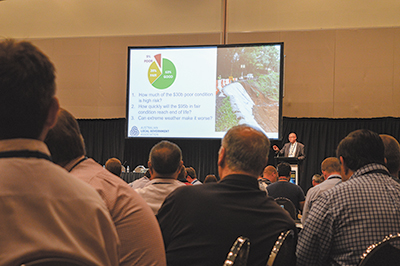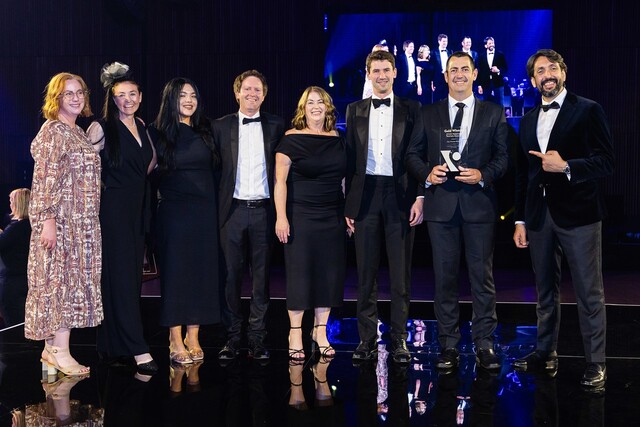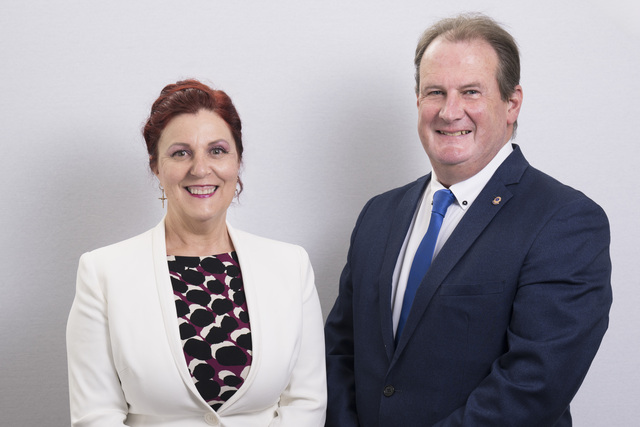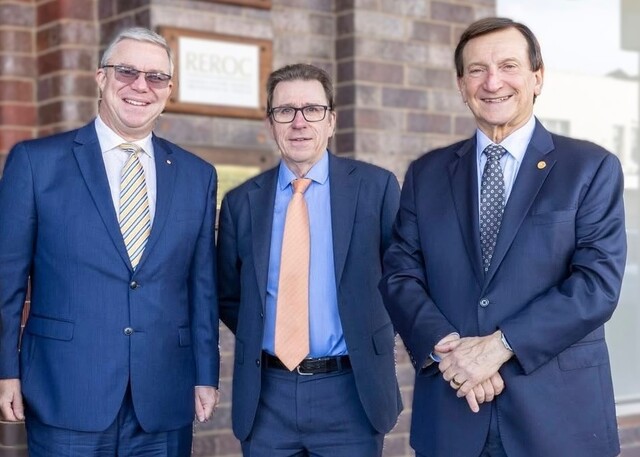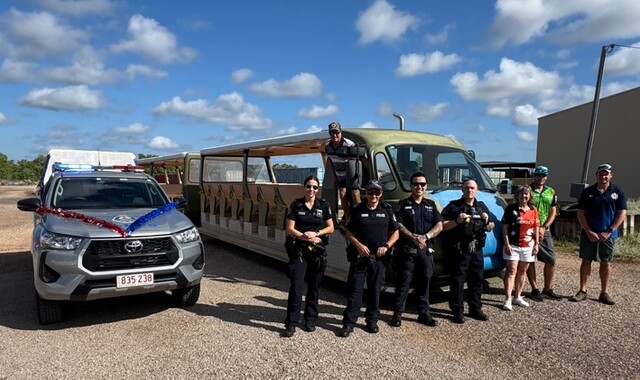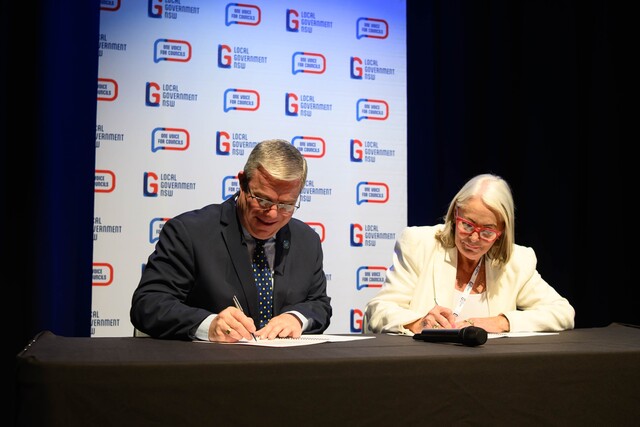Road safety featured early and was an ongoing theme at this year’s Australian Local Government Association (ALGA) Local Roads and Transport Congress in Alice Springs, 20-21 November.
A heartfelt and provocative presentation by founder of Safer Australian Roads and Highways (SARAH), Peter Frazer, who’s daughter Sarah was killed on the Hume Highway in 2012 by a combination of driver distraction and bad road building, brought home a vital message – the only acceptable road toll is zero.
Local government manages 75 percent of the country’s roads and 40 percent of road fatalities occur on these local roads.
The hidden cost, not always as easy to quantify, is the 14,400 serious injuries that
result from accidents each year on local roads.
The 2018 National State of the Assets report was launched at the Congress and tied in the same message.
“Councils estimate $24 billion of current infrastructure value has poor capacity.
“The actual upgrade cost of substandard infrastructure is likely to be up to five times that value.”
Since 2005 infrastructure renewal spending has seen steady growth, yet the $30 billion required today does not meet tomorrows demand.
Joint funding from three levels of government will be required to replace the rapid growth in assets reaching their end of life, and to upgrade those that are no longer compliant with changing legislative requirements.
The Report proposes that comprehensive asset and risk management plans are essential reporting goals for local government in the next ten years and that national infrastructure spending be linked to such reporting to ensure best practice management and long term planning needs are met.
ALGA President, Mayor David O’Loughlin, succinctly summed up the variety of presentations saying, “The message at the congress was clear, accept our responsibilities, find the data, and think about safety every time we look at spending a dollar on our road networks.”

